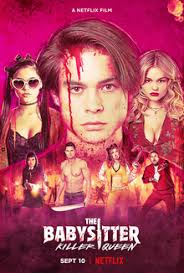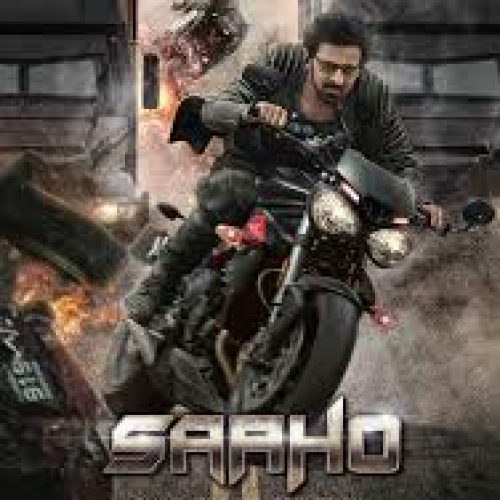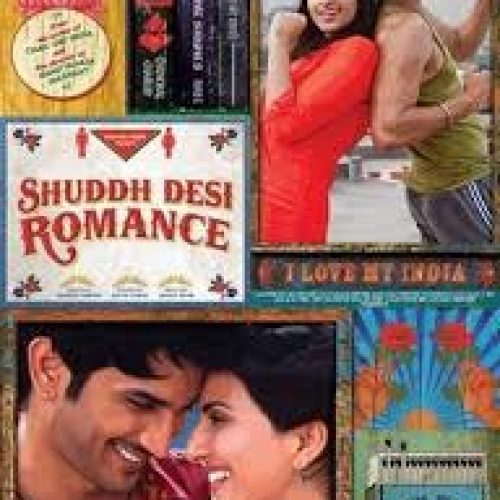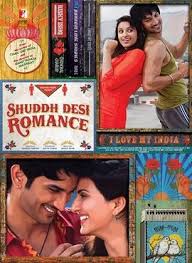The sequel to the wild horror-comedy hits all the right notes for fans of gore, humor, and chaos. Released in 2020, this film, starring Judah Lewis, Emily Alyn Lind, Jenna Ortega, and Bella Thorne, picks up two years after the first movie. Set in a suburban town, primarily around a lakeside vacation spot, the movie blends the slasher genre with elements of supernatural horror and dark comedy. As a continuation of the original story, it dives deeper into the absurdity and blood-soaked hilarity that characterized the first installment.
The plot revolves around Cole, a teenager who is still haunted by the traumatic events of the previous film, where his babysitter Bee tried to sacrifice him in a satanic ritual. Two years later, no one believes his story about what happened, and Cole struggles to fit in. His life takes a wild turn when he reluctantly agrees to go on a weekend getaway with his crush, Melanie, and a group of friends. Things spiral out of control when familiar faces from Cole’s past return, bent on completing their deadly ritual. The film follows Cole’s desperate attempts to survive while uncovering shocking truths about Bee and the blood pact.
One of the standout elements of the film is its cast. Judah reprises his role as Cole, and his portrayal of the traumatized yet resourceful teen is both relatable and humorous. His character’s evolution from the shy boy in the first film to someone more confident and resilient makes his journey interesting to follow. Emily, who plays Melanie, delivers a twisty performance that adds layers to the narrative. Jenna Ortega, introduced as a new character named Phoebe, brings fresh energy to the cast. Her dynamic with Judah is particularly engaging, and her role adds emotional depth and new stakes to the story. The returning characters, including Bella Thorne, Robbie Amell, and Hana Mae Lee, provide comic relief with their over-the-top performances, leaning into the film’s absurd and self-aware tone.
The direction by McG is fast-paced and keeps the momentum going without much downtime. Known for his flamboyant style, McG masterfully balances the horror and comedic elements, using quick cuts, flashbacks, and exaggerated gore to create a visual experience that matches the film’s tone. The editing is sharp, particularly in the action sequences, which feel frenetic but are easy to follow. The film’s visual effects, while not groundbreaking, are effective in delivering the necessary shock value. From exploding heads to demonic resurrections, the movie doesn’t shy away from its R-rated appeal. McG also cleverly incorporates pop culture references and self-aware humor, poking fun at horror tropes and adding meta-commentary to the genre.
The film’s musical score and soundtrack are another highlight, blending classic rock with energetic, modern tracks that complement the on-screen action. The music adds to the film’s adrenaline-fueled pacing, especially during key moments like fight scenes and plot twists. The use of Queen’s “Killer Queen” during one of the film’s most intense sequences is particularly memorable, syncing perfectly with the chaotic action on screen. This choice of music amplifies the intensity and adds a fun, rebellious spirit to the film, which aligns with the overall tone.
Cinematography plays a crucial role in creating the film’s vibrant, neon-drenched aesthetic. The use of colorful lighting, especially in nighttime scenes, gives the film a distinct, comic-book-like visual style that sets it apart from typical horror fare. The lakeside setting provides a change of scenery from the suburban backdrop of the first movie, offering an opportunity for more open, dramatic shots that contrast with the claustrophobic feel of the original. Despite the scenic change, the film maintains the sense of isolation and impending doom, enhancing the horror elements as Cole and his friends are hunted down in the wilderness.
Costume design also deserves a mention, especially for the exaggerated outfits worn by the returning villains. Their quirky, outlandish looks add to their over-the-top personalities, blending horror with humor in a way that works well for the film’s tone. The contrast between the modern-day setting and the characters’ eccentric outfits enhances the film’s self-aware, campy nature. The costume design reflects the film’s lack of seriousness, and the characters are never too menacing to detract from the comedic elements.
Another key aspect of the film is its theme of redemption and self-acceptance. Cole, who starts the movie feeling out of place and doubting his own sanity, undergoes a journey of self-discovery and empowerment. Phoebe’s backstory and her connection to Cole are also central to the emotional core of the film. While the movie doesn’t delve too deeply into these themes, it manages to touch on them in a way that complements the overall narrative without slowing down the action.
Despite its strengths, the film isn’t without its flaws. The plot, at times, feels formulaic, especially with its reliance on familiar horror tropes. The twist involving certain characters is predictable, and some of the jokes don’t land as well as they did in the first film. Additionally, the film’s reliance on gore and shock value may not appeal to all audiences, as it sometimes overshadows the story’s emotional beats. However, these flaws are overshadowed by the film’s entertainment value, especially for those who enjoyed the first installment.
In conclusion, the film successfully delivers on what it promises: a fun, fast-paced, and over-the-top horror-comedy. It doesn’t take itself too seriously, and that’s where its charm lies. Fans of the original will enjoy the continuation of Cole’s story, while new viewers can appreciate its stand-alone appeal. With solid performances, particularly from Judah and Jenna, energetic direction from McG, and a killer soundtrack, the movie is an entertaining watch for fans of the genre. If you’re in the mood for a horror-comedy that blends supernatural elements with campy humor and wild action, this film is worth checking out. Just don’t expect deep philosophical discussions—it’s all about the fun.







